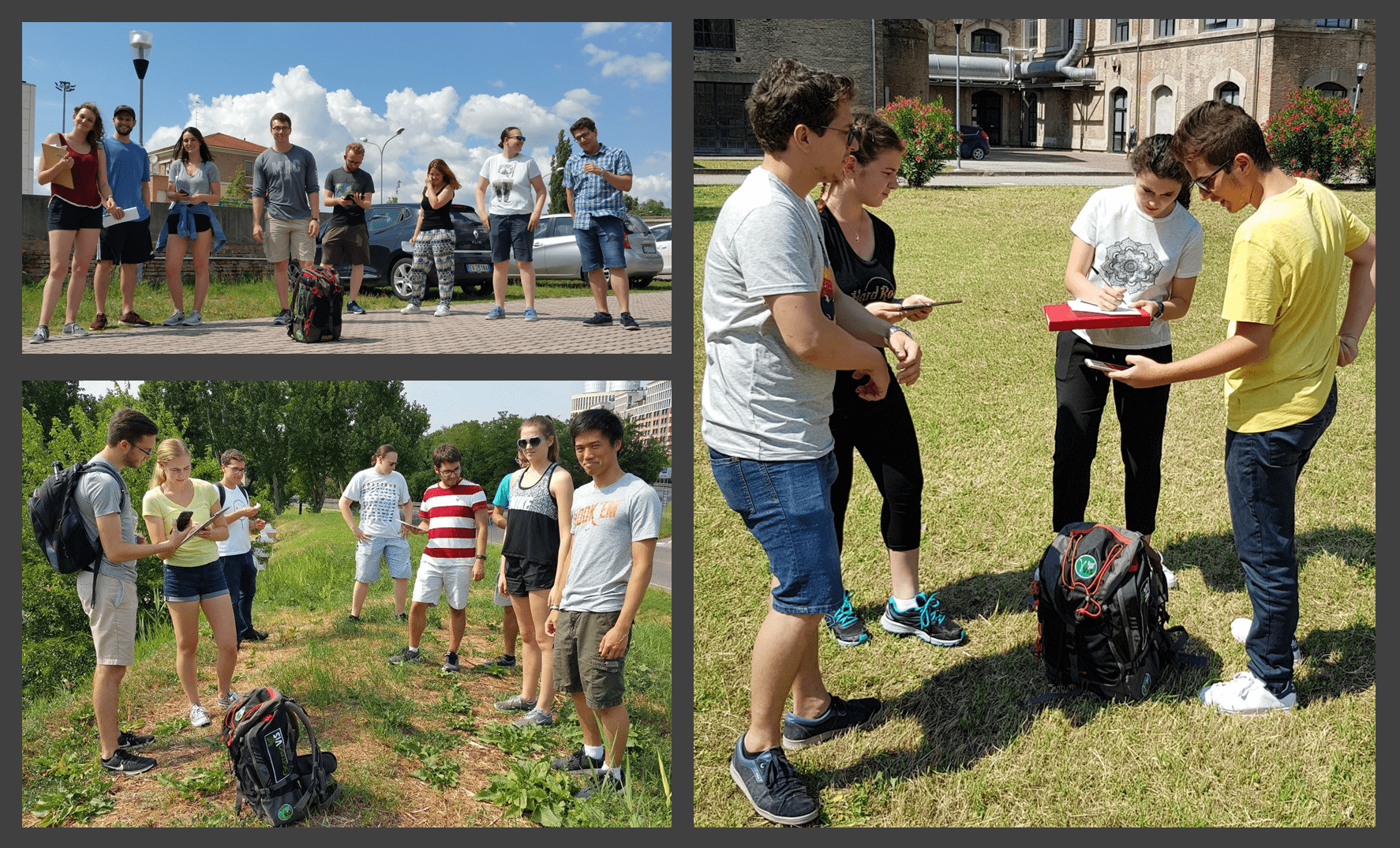This web site provides a theoretical background for teachers and students who want to tackle the topic of environmental gamma radioactivity using the didactic approach described in: "Training Future Engineers to Be Ghostbusters: Hunting for the Spectral Environmental Radioactivity" (Educ. Sci. 2019, 9(1), 15; https://doi.org/10.3390/educsci9010015).
We intend to motivate the education community to explore environmental radioactivity by outlining a simple approach to understanding radiation and the instruments used to map natural sources in the environment.
In the general public's imagination, radioactivity takes the shape of a lurking and invisible danger, responsible of uncontrollable and irreversible damages. The word "radioactivity" often evokes negative feelings associated with nuclear accidents, radioactive wastes or diseases. In nature, radioactivity has always been present and it's everywhere: radiation comes from the ground, from the sky, and passes through us from the radioactivity in the food we eat, the water we drink and the air we breathe. Even our bodies are radioactive.

In this framework, the described educational activities aim to give a critical understanding of environmental radioactivity as a natural phenomenon experienced in our everyday life. The hands-on experiments are based on the use of portable gamma-ray spectrometers (NaI) as a probe for exploring the natural radioactivity. Through the realization of outdoor measurements, the students are able to grasp quantitative insights of the spatial distribution of the terrestrial radionuclides (i.e. U, Th and K) in the environment where we live.
The educational path, conceived in the framework of the Maymester in "Concepts in Nuclear and Radiation Engineering" (http://www.fe.infn.it/ftnschool/) organized by University of Ferrara (Italy) and the Cockrell School of Engineering at the University of Texas at Austin (USA), has been successfully taught to more than three dozens students at the University of Ferrara.
Our research group teaches several classes on these topics at the University of Ferrara. Lessons are targeted to bachelor's and master's students of Physics, Geological Sciences and Biological Sciences.